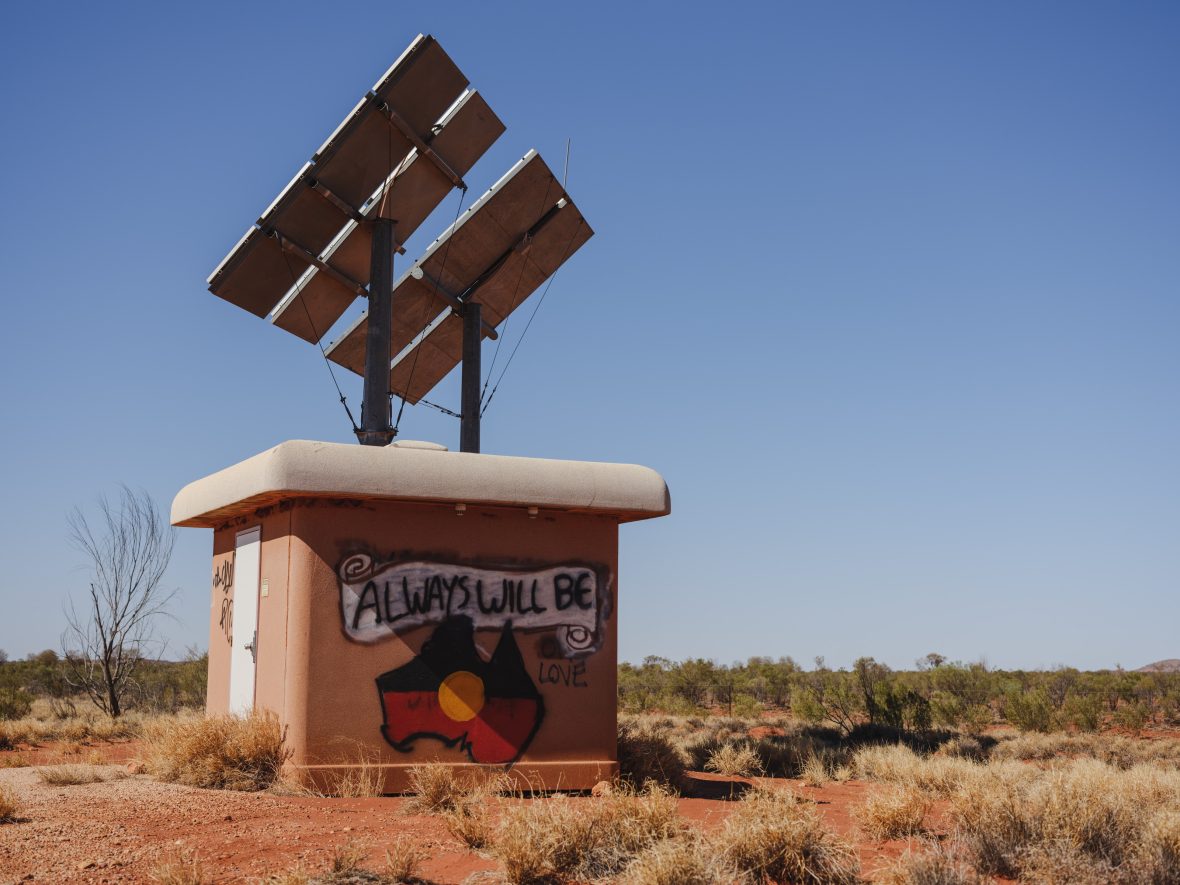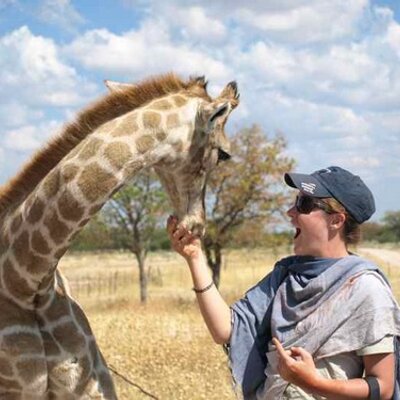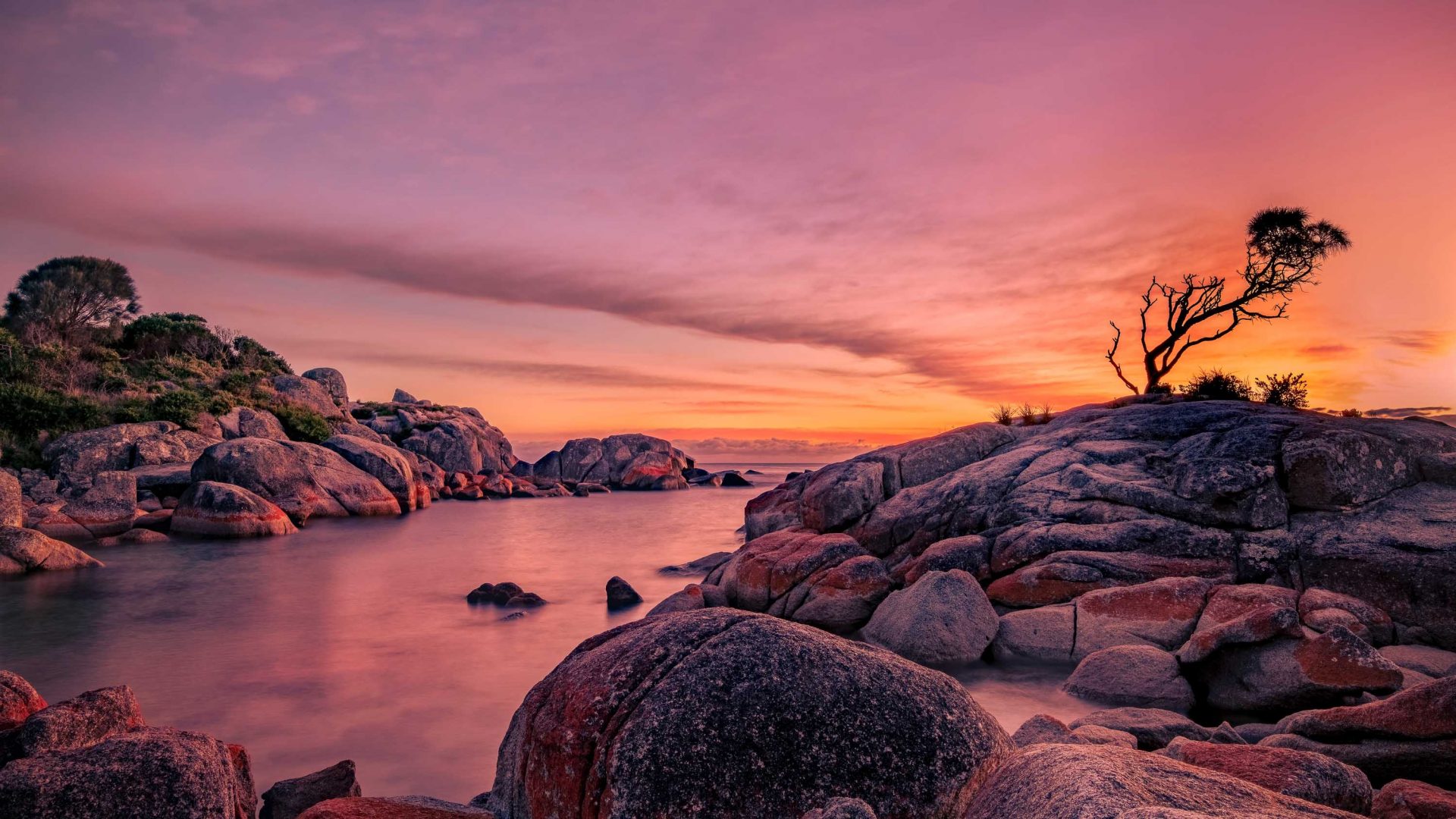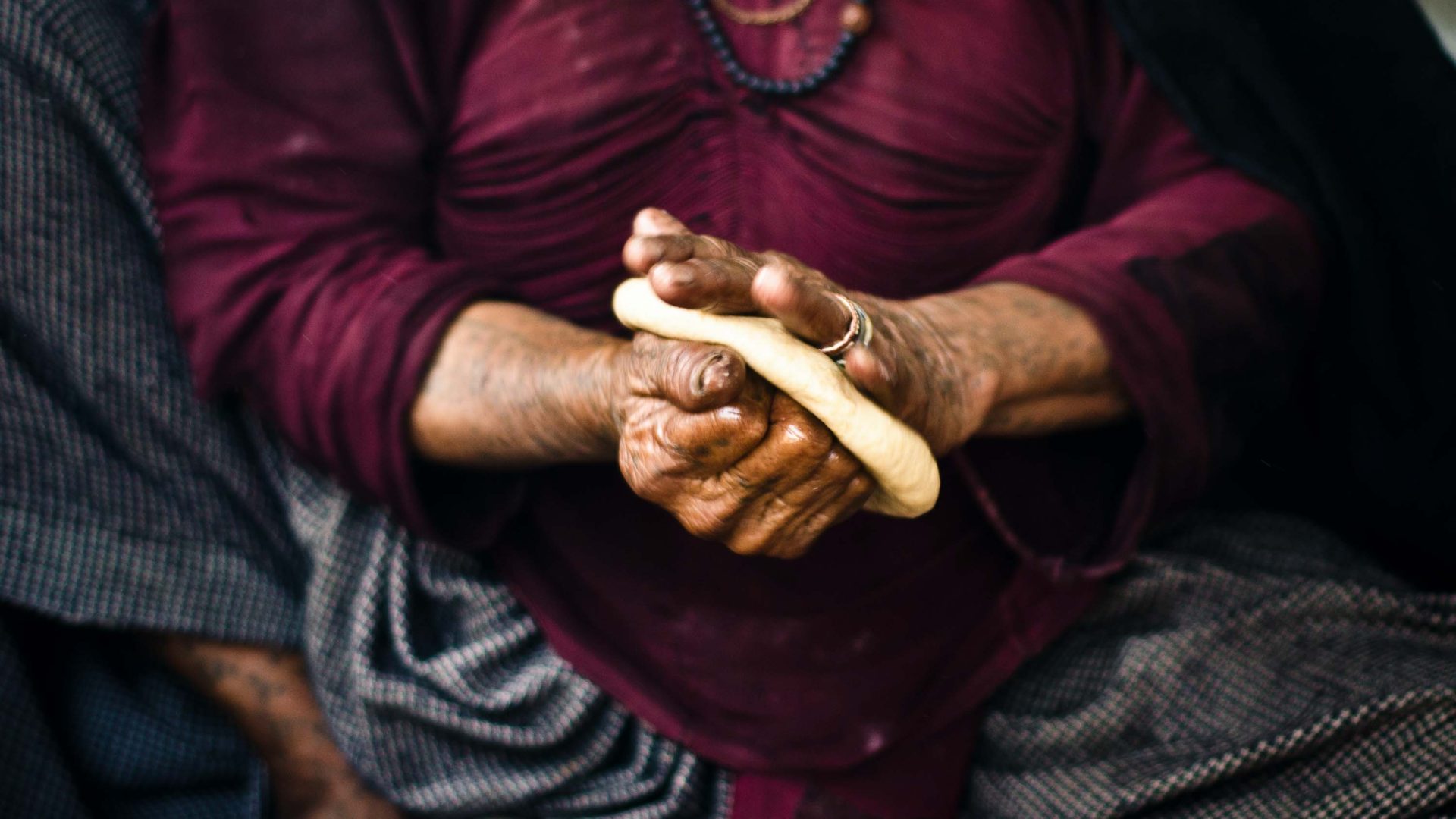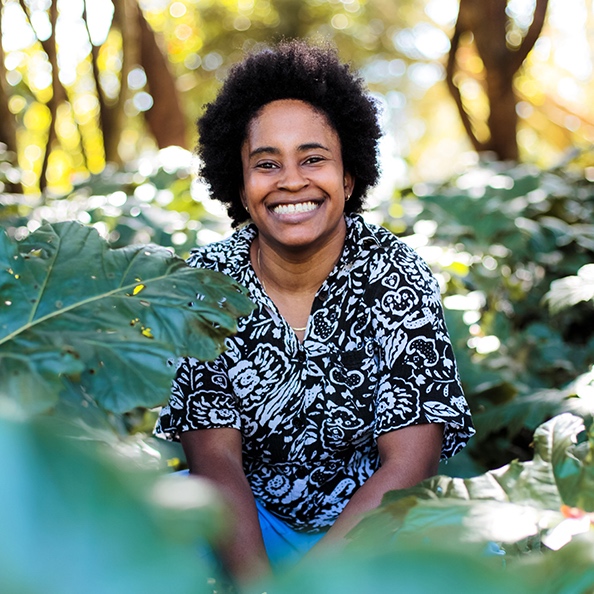The small fire crackled, its glow matching the last remnants of light across the desert to the west. I buried my toes in red sand, sand still warm from the heat of the day. It was 2001 and I’d been in Australia only 10 years, still exploring the richness of our continent. On this journey, hundreds of kilometers west of Uluru, cycling across desert tracks, I headed toward that incredible monolith for my first visit.
Earlier that evening, a 4WD had pulled up and its two occupants camped close by. Both had worked with Indigenous communities for much of their careers. They told me of a project they had worked on a few years before, a project engaging with remote communities to discover what they wanted from their housing. These communities voiced suggestions on how their houses should be built, what they should feature. The end result of the consultation was a simple shelter style: Open-plan, open walls, shade, wind protection.
The design was taken to government who dismissed the request. It was too simple, they said. They feared the world would criticize Australia for building what was, in their view, sub-standard housing. So, poorly insulated bungalows with dark, poky rooms continued to be built. Unequivocally equal opportunities are necessary, but it struck me back then as an odd approach—to engage but not to listen.
Now an immigrant of over 30 years, I’ve learned and loved so much about Australia. But three things have really gnawed at me: Obfuscation and lack of action on the climate emergency, our treatment of refugees, and the urgent need for reconciliation with First Nations people.



